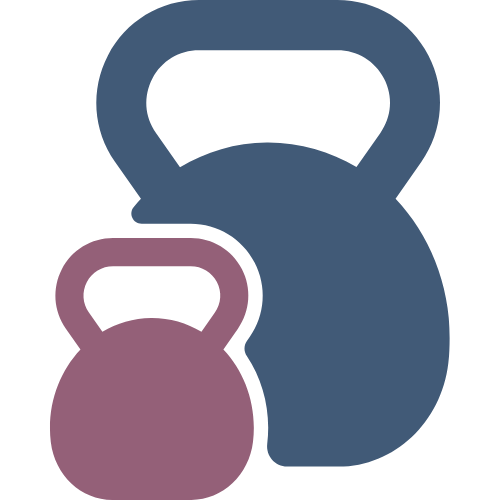During our 7-part skills series, we'll introduce you to skills that help you develop a better relationship with your body, awareness of your movements, and build a foundation of strength for doing any type of physical activity.
I remember one of the first times I did a body scan. It was a mindfulness meditation style scan listening to Jon Kabat Zinn and I was angry and anxious. I didn’t understand why it took so long to scan each area - I just wanted to get to the end, dammit! I started shaking with anger. It was the longest 40 minutes of my life and by the end, I had tears streaming down my face in frustration and confusion.
That experience really surprised me. I didn’t realize the amount of emotion involved with paying attention only to the sensations in my body. It helped me start to uncover the many ways in which I ignored my body and how it really felt.
While not everyone will have the intense experience I did, body scans are powerful because so often we numb ourselves out from our bodies, even while exercising.
How many times have you put in earphones playing loud music while lifting weights, watched TV while walking on the treadmill, or just flat out refused to work out by yourself because it’s too boring without others around?
These are all indications that you’d rather distract yourself from the (sometimes uncomfortable) sensations and emotions that come up during exercise.
It’s OK, you are definitely not alone!
Tuning into your body, naming, and accepting those uncomfortable sensations and emotions is a generally ignored, but very important step in developing a long-lasting exercise habit. Some people can do this without a body scan practice, but I’ve found that it’s the quickest, most effective way to strengthen the mind/body/emotion connection.
Body Scan
The simplest way to perform a body scan is by lying down or sitting comfortably in a quiet place. If you feel safe, close your eyes.
Begin with your left foot, noticing any sensations - cold, heat, numbness, tingling, aching, soft, constricted, tired.
Try not to judge or tell yourself a reason or a story about the sensation - just notice it. After 10-60 seconds, move on, pausing in sections at your left ankle, then calf, thigh.
Then move over to your right foot and leg.
Next, notice your glutes and hips, stomach, lower back, chest, upper back and shoulders.
After your shoulders, pay attention to sensations in your neck, face, and scalp.
Finally, sense into your body as a whole, imagining you’re breathing in through your feet, filling your body up through your head with air, then releasing the air back through your feet.
The order of the scan is not important; instead, see if you can gently bring yourself back to your body because your mind will likely wander away repeatedly, trying to distract you.
This skill will help you tune into your body so that whether you’re exercising or sitting at your desk, you can quickly determine what type of movement (or rest) is most beneficial for you. And, because you’re practicing non-judgement of those sensations, you won’t get caught up in the “should” game of feeling guilty about doing/not doing any type of workouts. Instead, you’ll intuitively know when it’s time to stretch, go for a run, or take a nap.
